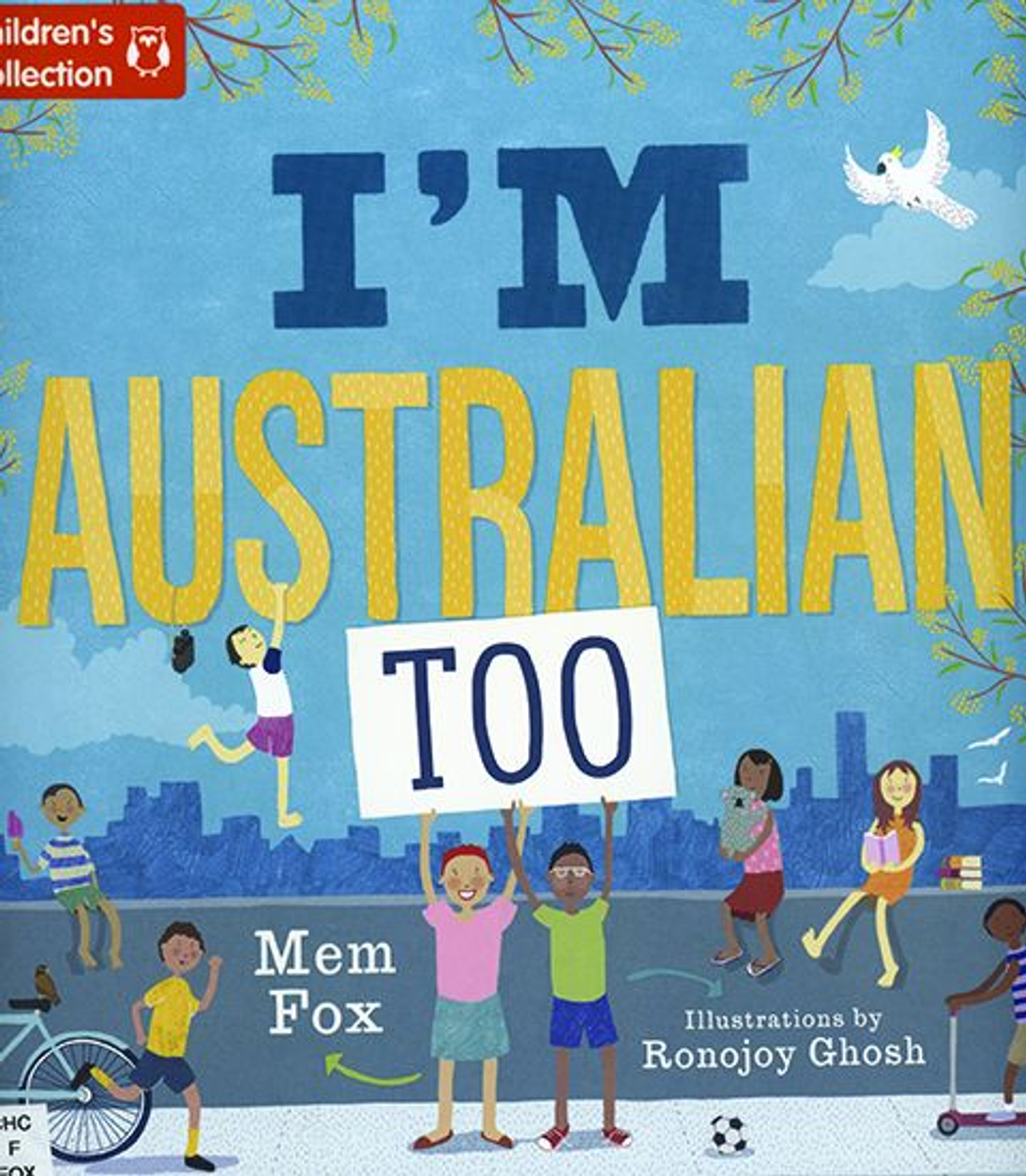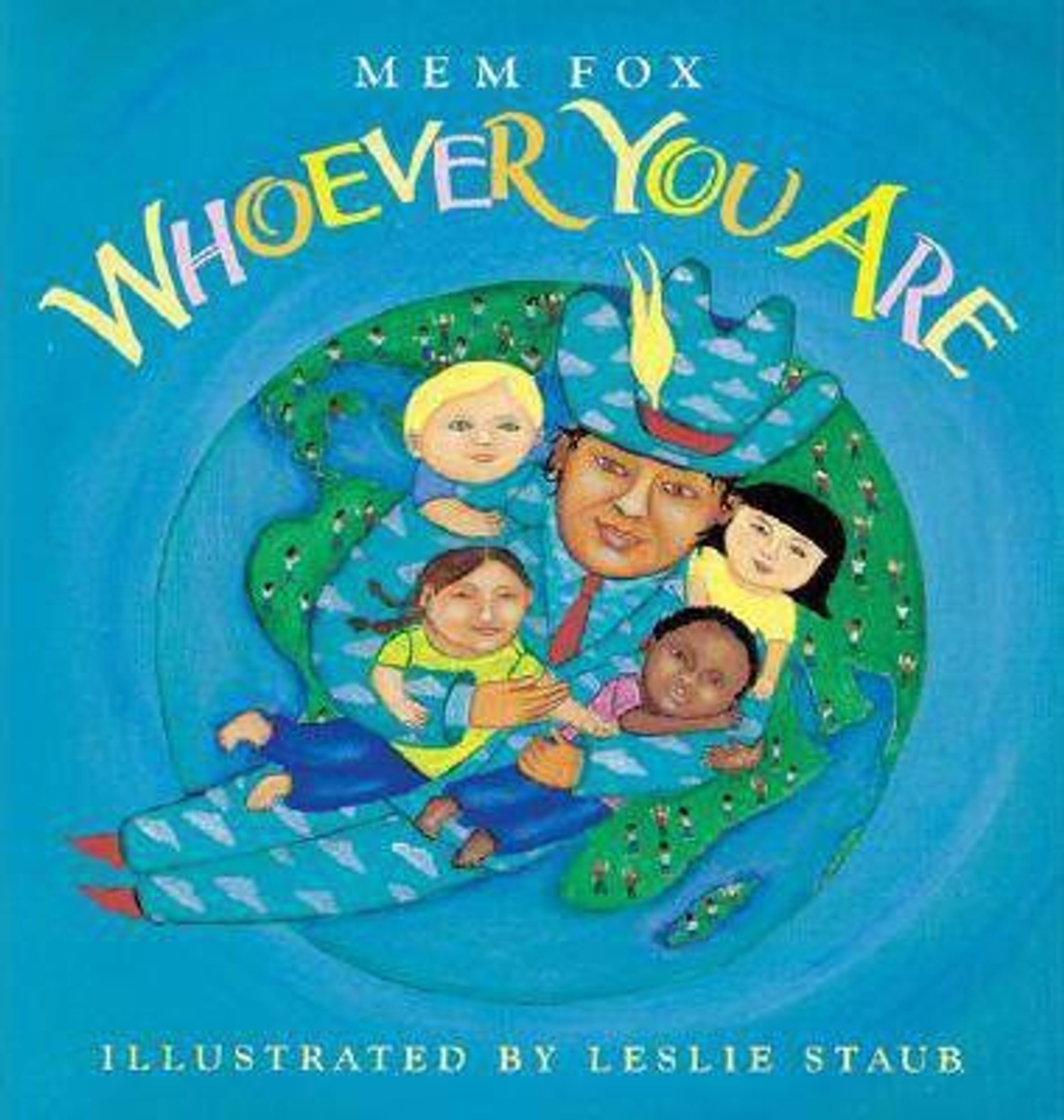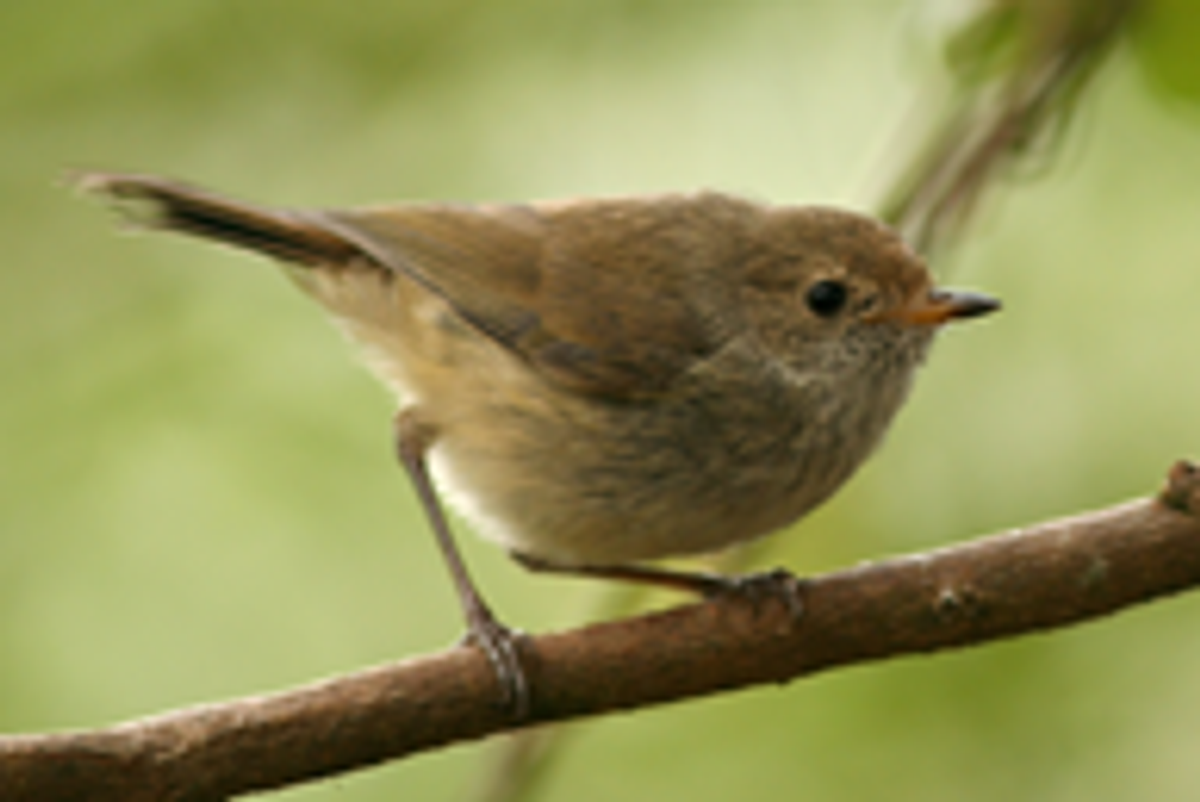English

READING
We have been exploring texts that link to our Big Idea such as: ‘I’M AUSTRALIAN TOO’ and ‘WHOEVER YOU ARE’ by Mem Fox. We explored Australia’s multiculturalism though the BTN report Australia’s Waves of Migration:
Australia's Waves of Migration - Classroom - BTN
Students were asked to think critically about where we come from and how this has impacted on us as a society. They were also encouraged to make connections to their own experiences in order to deepen their understanding. Continue to have conversations with your child around migration and cultural heritage.
Students were asked to reflect on the Big Idea statement and what it meant to them, through posing questions. This included exploring key words such as ‘multicultural’ and ‘customs’, which we are unpacking as part of BUILDING VOCABULARY KNOWLEDGE and, how this supports readers with reading comprehension.
One of the most important things to know about vocabulary learning is that the best way to increase your vocabulary is to read and be read to. Opportunities for quality talk around books will also help to support the building of vocabulary knowledge. Promoting a curiosity in words will also help to broaden your child’s repertoire of vocabulary and how words are used in various contexts.
Raising Word Consciousness
Word consciousness is students’ awareness of, and interest in, words. Good readers notice words, and in particular, words they don’t know. They are curious about words. This will also support your child in developing an ability to self-monitor. Self-monitoring requires students to realise when they have stopped understanding what they are reading, an important comprehension strategy.
WRITING
The 6+1 Traits of Writing - Developing the IDEAS trait
One of the difficulties many writers face is finding ideas to write about. Once a writer has a flash of inspiration, writing often then flows. Unfortunately, ideas rarely come easily and when we want them.
Students learnt a strategy that could help them quickly find ideas from a word or picture prompt. This strategy also assists students with developing their imaginations, which is essential for creativity and storytelling.
Using a visual prompt can inspire ideas.
Put yourself in the shoes of your child and have a go:
BIRD
Look at the picture and word prompt.
In 2 minutes, list as many short statements that pop into your head. (it helps if you include a verb)
For example:
Bird looking for worms in the garden
Bird making a nest
Flock of birds flying overhead
Bird scavenging for food
Next: Choose 3 statements and write a problem for each.
For example:
Bird making a nest -
The day the tree arborist came to my house, I noticed a nest high up in the tree with three tiny eggs inside.
Choose your best/favourite one and start developing a story.
Please read Hugo and Angus’ story problems. These can be developed further, expanding on the plot.
Bird Hunting by Hugo - 4S
“No supper tonight” sighed Harry. (Harry is a hawk, his best friend an eagle. The eagle’s name is Edward). The next morning, Harry and Edward met in the park. “Three nights no supper!” exclaimed Harry. “All I got was a few measly beatles!” cried Edward.
Bird in a cage by Angus - 4S
The cage breaks. As the bird falls, it starts to flap its wings and starts to fly. The cat walks in. The bird flaps harder. Just as the cat reaches up, the bird flies. Just as the cat swipes, the bird flies a tiny bit higher and just gets over the cat’s claws and lands on a chandelier. The cat just stares up at the bird. When the owners come home, they help the bird to the ground.
Bird Attack by Inti - 4Z
It was an unusually warm winter’s day at school as I walked down the stairs near my classroom. I figured if I ran really fast the bird, we all named Matthew, wouldn’t poop on us. He was a nasty bird. Always attacking as we tried to go out to play. As I ran across the school, he began chasing me. But then he stopped. I thought he had given up. But a flock of birds came up from the other side of the school flying straight for me. I panicked and ran back to the classroom, up the stairs and into the room. I started to plan how I could escape as the birds pecked and pecked on the windows…
Good writers observe and seek inspiration from their surroundings.
Another strategy is to have your child take a walk around their outside environment and note down what they observe. This can be a starting point for a great piece of writing.
Look around you…
Cobwebs on tree branches
Cracks in walls with tiny green shoots poking out
Dog lounging under tall shady palm fronds
Long, winding driveway behind an old, rusty gate



